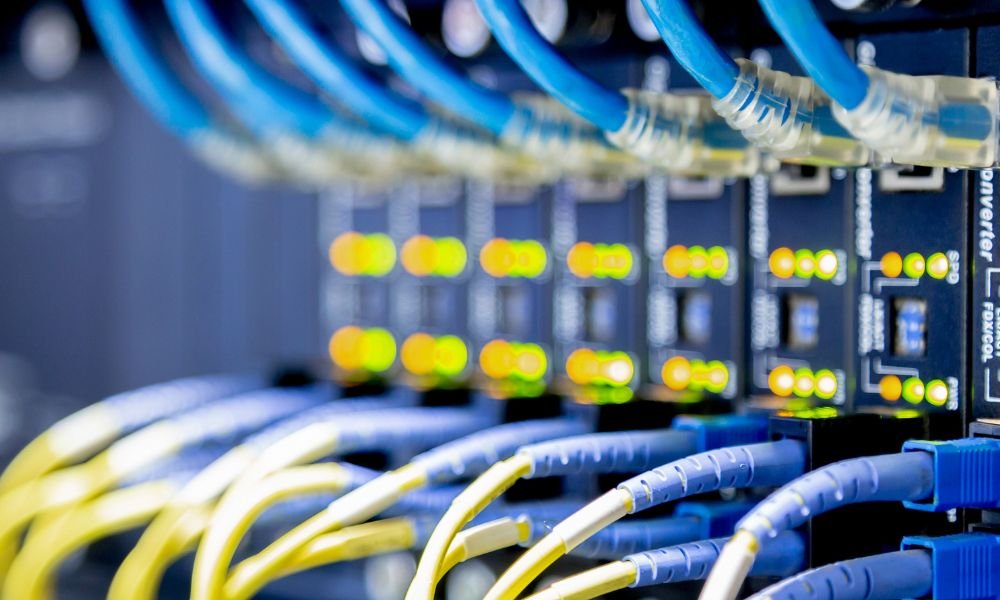Are you looking for ways to extend the reach of your Ethernet cable? As network operators, IT technicians, or homeowners, you know how frustrating it can be to experience dead zones in your network coverage areas. While it may seem as if there’s no good solution, some advanced techniques can help you get it right. Explore some of the technical requirements and skills you need to chain multiple Ethernet cables safely and effectively.
Step 1: Choose Your Ethernet Cables
To start, you need to choose the right cables. Manufacturers categorize Ethernet cables into different types, including Cat5, Cat5e, Cat6, and Cat7. Each type varies in speed and durability. If you’re aiming for high-speed internet connections, use Cat7 cables, as they are the fastest. If you’re going for durability, Cat6 cables are the best option.
Step 2: Connect the Ethernet Cables
The next step is to connect the Ethernet cables by plugging the first Ethernet cable into the router’s Ethernet port and the other end into the first device’s Ethernet port. The second cable will then connect the first device’s Ethernet port to the second device’s Ethernet port, and so on. The last Ethernet cable will connect the last device to the remaining Ethernet port on the router. It’s essential to ensure that all the Ethernet cables connect in the right order and fit snugly into their respective Ethernet ports since loose connections can affect network speeds.
Step 3: Test the Ethernet Cables
After connecting the Ethernet cables, you should test the network connection to ensure all devices work correctly. Testing the connection involves different network tests, including ping and speed tests. Ping tests verify successful network connections between devices, while speed tests measure the upload and download speeds. Understanding what Ethernet couplers are and how to use them will make the process go much smoother.
Step 4: Use a Network Switch
If you have many devices to connect, it may not be practical to chain all your Ethernet cables to the router. In this case, you can use a network switch, which is a device that allows you to increase the number of Ethernet ports. A network switch enables you to connect multiple Ethernet cables from different devices and join them through the switch. That way, you can extend your coverage and achieve better network speeds.
Create a Fast, Reliable Network
Chaining multiple Ethernet cables is an advanced networking technique that can significantly enhance your network performance. Whether you’re a network operator, IT technician, or homeowner looking to improve your network speed and coverage, these steps will help you maximize the speed and reliability of your network.
